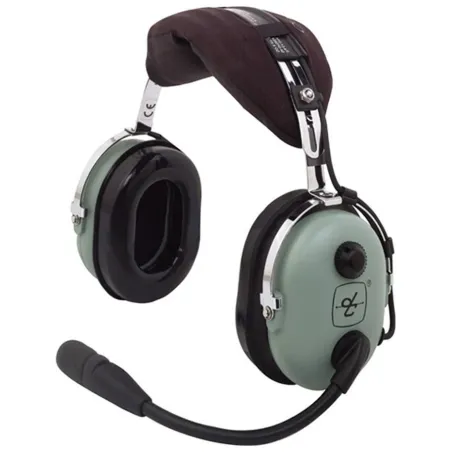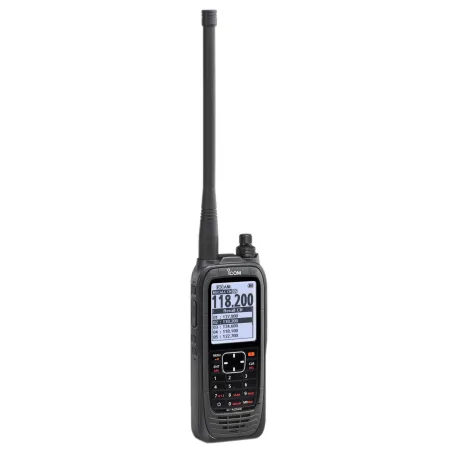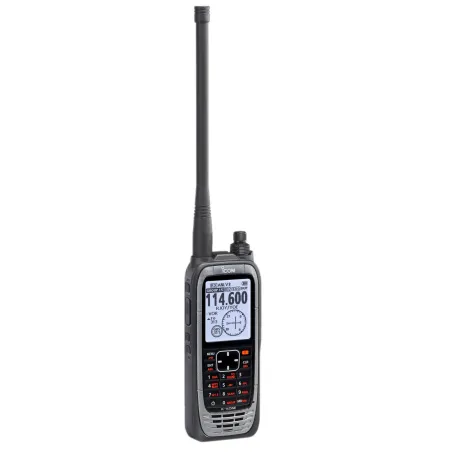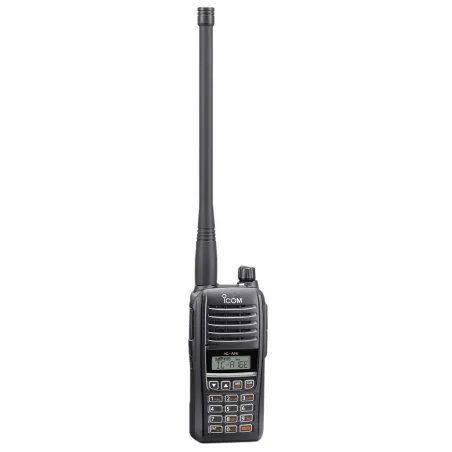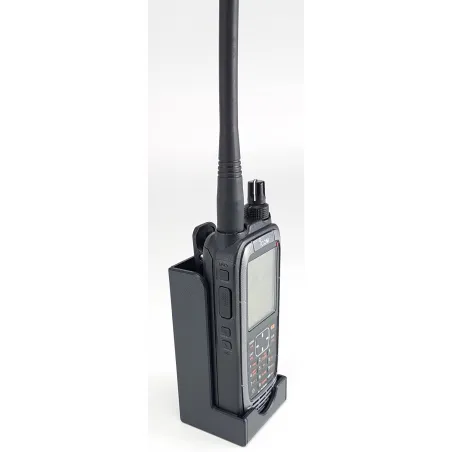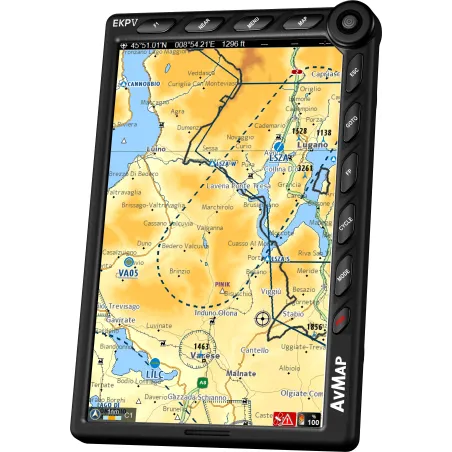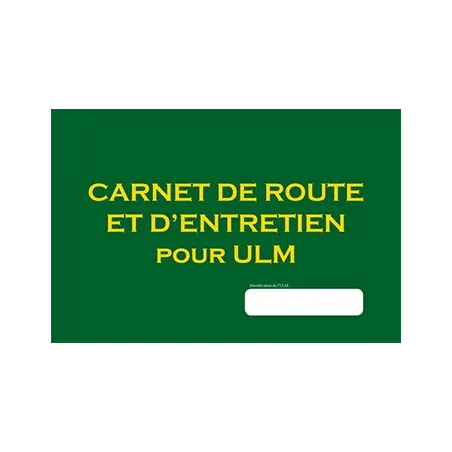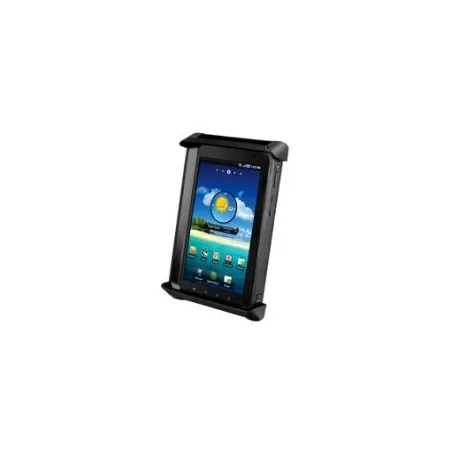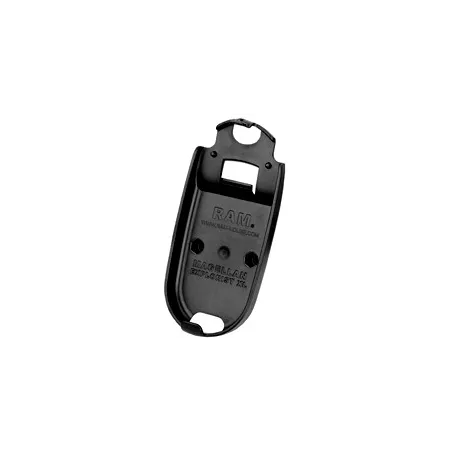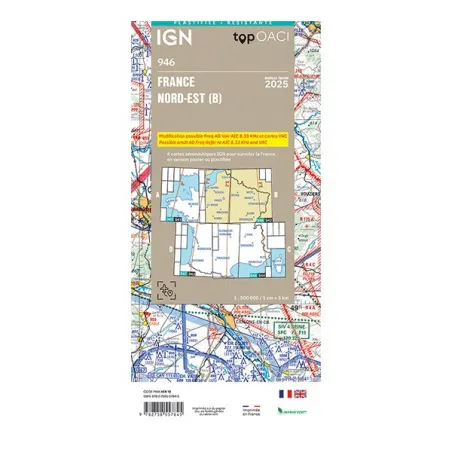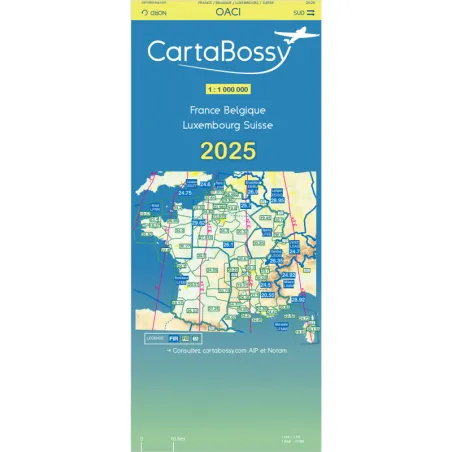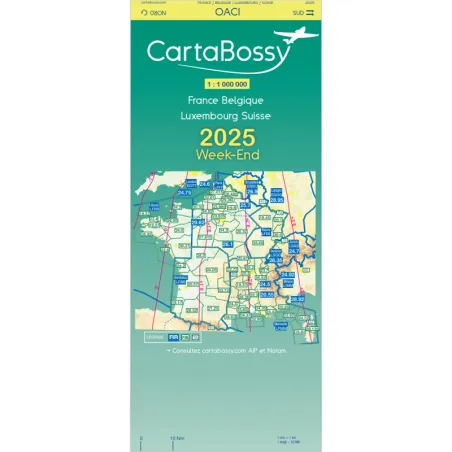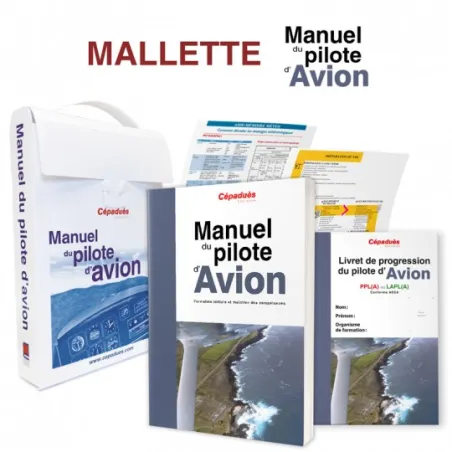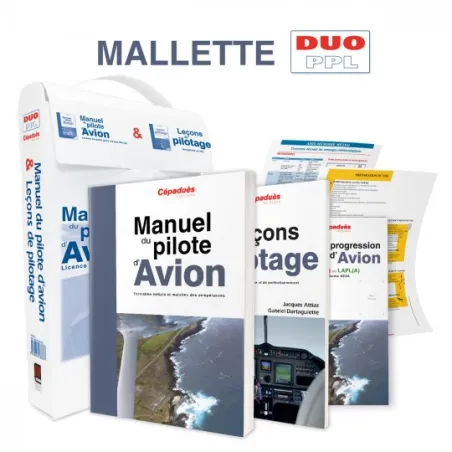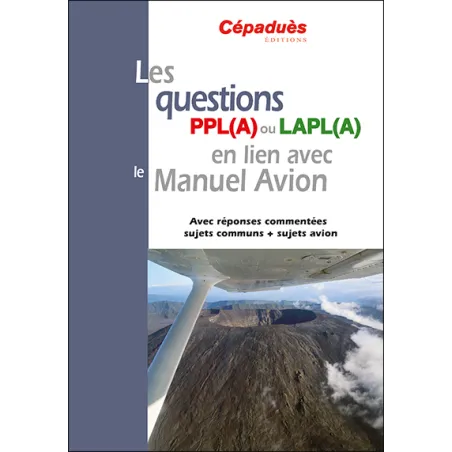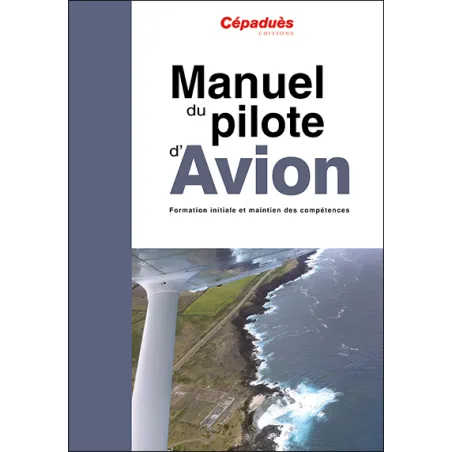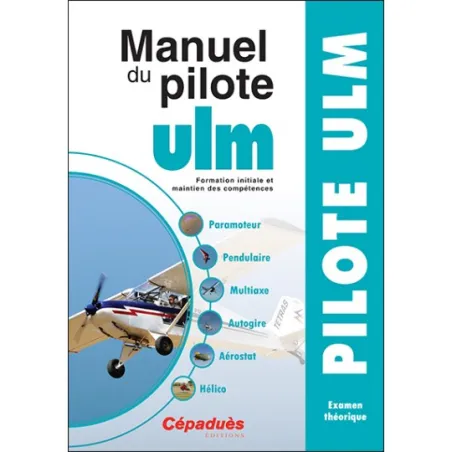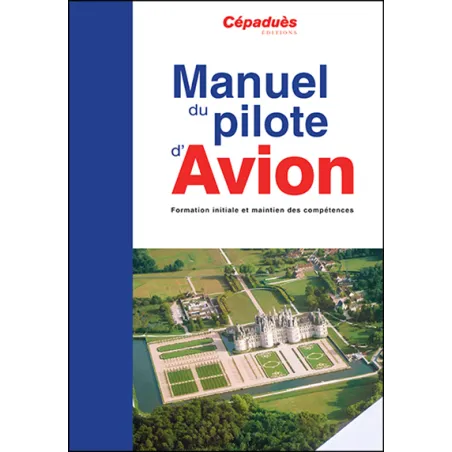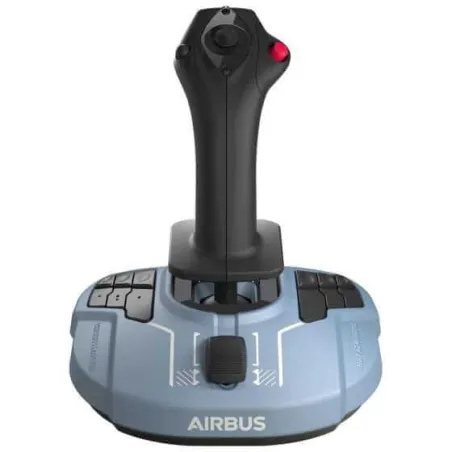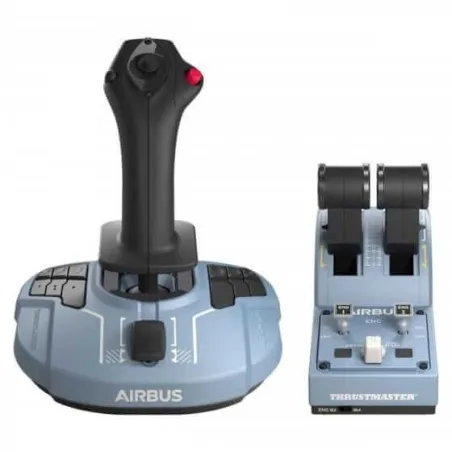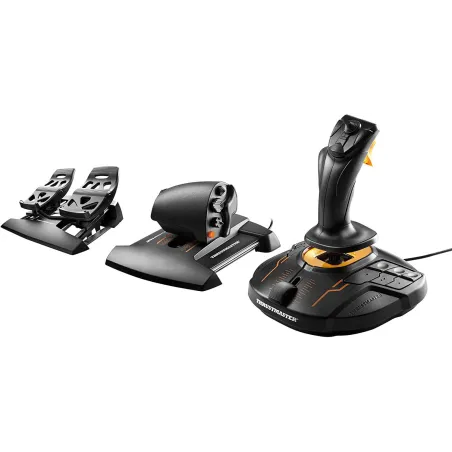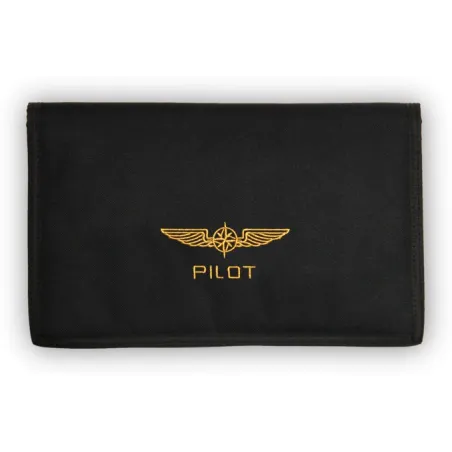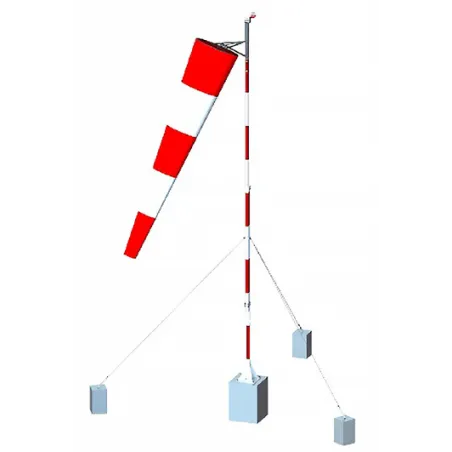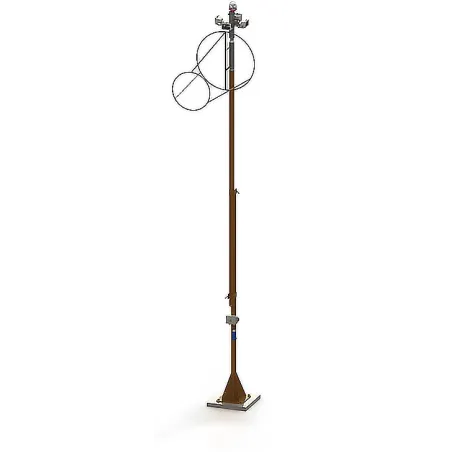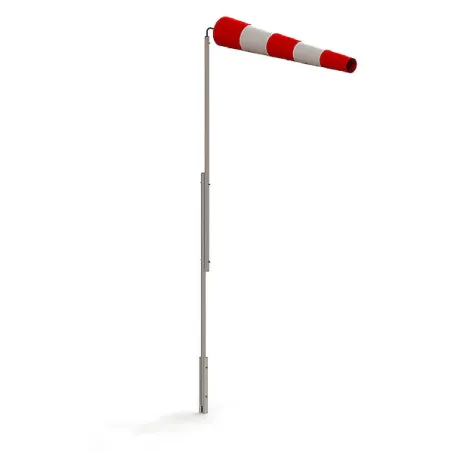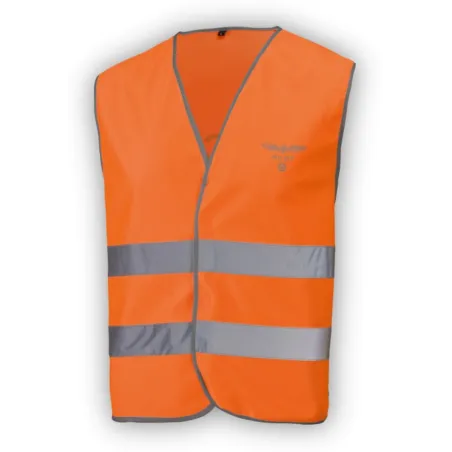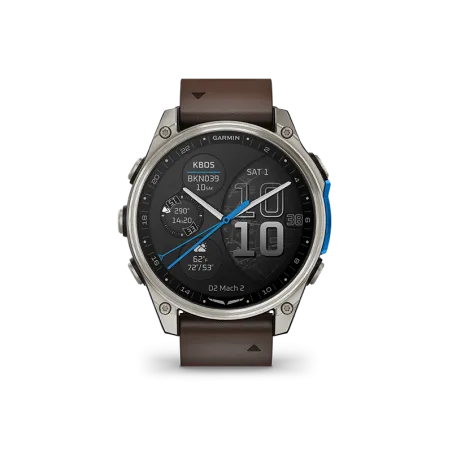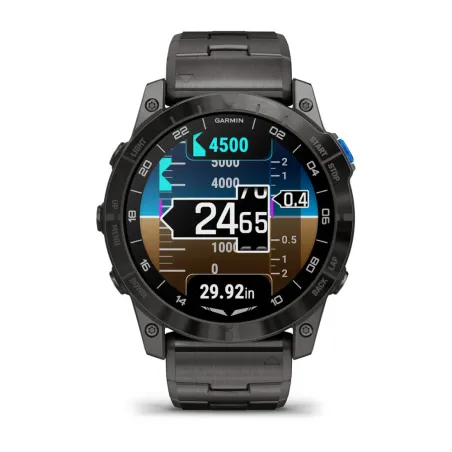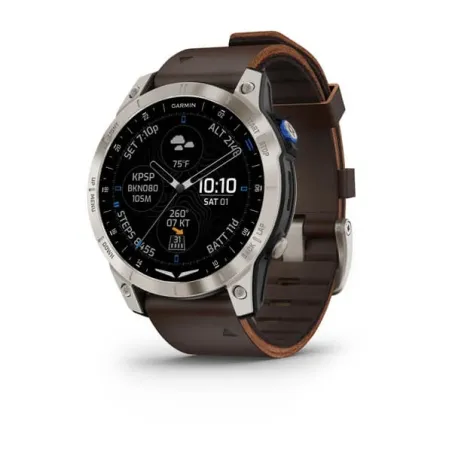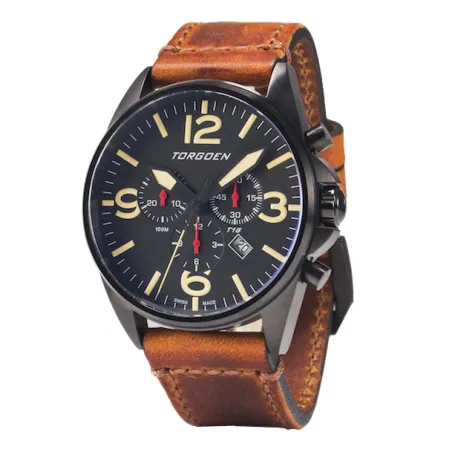August 13 regulation on ULM-S: the opening of a new era
Categories :
BAYO
You even know the list by heart: paramotors, pendulums, multiaxes, ultralight autogyros, ultralight dirigible aerostats, and ultralight helicopters.
But here's the thing: since this summer, you have to count up to 7! The decree of August 13, 2024 adds an additional class authorized to take off in the airspace: ULM-S or special ultralight motorized aircraft. More precisely, it is an extension of class 3, which aims to account for the possibilities offered by technological advancements.
And "special" means a specific regulation, including in terms of training or aircraft maintenance. It’s not just about technical distinctions. Hence the importance of thoroughly understanding this new regulation.
When the law aligns with technology
Since the very first decree on ultralight aircraft (ULM), dated September 23, 1998, which still serves as a reference, the legislation has continuously evolved to adapt to the improvement of these technologies or the development of practices. The most recent update is no exception: it takes into account technical advances in engines and materials, as well as recent innovations that enhance the performance of these technologies without compromising safety requirements.
This includes the integration of hybrid and electric engines, which also have the advantage of reducing greenhouse gas emissions and noise levels. However, they require the installation of batteries, which adds extra weight.
The decree also acknowledges better control over materials, which enables improved performance through weight reduction, while ensuring their strength and therefore a good level of safety.
So what exactly is an ULM-S?
It is Article 2 of the decree that defines this special class. According to this article, it is a "production aircraft, single or two-seater, single-engine propeller, supported by a fixed wing" and "equipped with a turbine engine." In other words, it is a sort of extension of class 3, the multiaxes category, which resembles small airplanes.
But these special models have mass characteristics that exceed the maximum allowed for standard multiaxes. This mass depends on whether the aircraft is single- or two-seater, as well as whether it has a rescue parachute or if it will be used on water. A maximum mass of up to 600 kg is allowed, while other ULMs cannot exceed 495 kg under French law.
On the other hand, the maximum allowed power remains the same as that of class 3 ULMs, so it must be equal to or less than 65 kilowatts (kW) for a single-seater and 80 kW for a two-seater.
Finally, it is specified that these aircraft cannot exceed 45 knots (83 km/h) in conventional speed.
However, these aircraft remain within the ULM category. The decree states that "only flights conducted according to visual flight rules (VFR) by day, in sight of the ground or water" are authorized, and they cannot be used for public air transport.
What changes for the pilot?
You’ve understood it, this new class allows ULMs with higher performance than the six previously existing classes. It also permits technological innovations, provided the manufacturer justifies, when submitting their registration file, guarantees of airworthiness, safety, a precise maintenance program, etc.
The pilot will be able to appreciate these new features but will also have to adhere to a few additional constraints. How must they change their practices if they want to take control of one of these new aircraft?
First of all, for safety reasons, they must undergo specific and more advanced training. In addition to the class 3 ULM pilot license, they must obtain a certificate of aptitude for radiotelephony in French and undergo training on human factors, which covers physiological and psychological risks that may affect the pilot’s abilities.
Lastly, and most importantly, they must also undergo specific training for the ULM-S model, consisting of ground and flight modules. This training includes familiarizing them with the flight characteristics of these aircraft in normal, abnormal, and emergency conditions, understanding the specifics of their engine, the location and use of safety equipment, and, of course, all the necessary skills for conducting navigation flights.
Once trained and ready to fly, the pilot must maintain and update a flight logbook, and for each flight, they must have several documents on hand, including their latest training certificate for the specific ULM-S model they are flying.
Aircraft under surveillance
If the pilot must undergo more thorough training, the aircraft itself is also subject to enhanced maintenance obligations, which must comply with the maintenance program submitted for the aircraft, the conditions and instructions for airworthiness, and the provisions of the decree as defined in Article 14.
This is in line with these more sophisticated aircraft, where the onboard electrical and electronic systems, as well as the electric engines, require special attention and maintenance skills.
The ULM-S must also have its maintenance logbook up to date.
With these constraints, the new types of aircraft, through their innovations and performance, will offer you new sensations. Now, it’s just a matter of waiting for the appearance of these new models. Let’s bet it won’t be long… because manufacturers, distributors, and enthusiasts are eagerly waiting to open this window, which heralds a new era in the world of ultralights. Some are already calling for a broader increase in standards to allow even faster technological advancements.
Share this content
Please log in to rate this article






